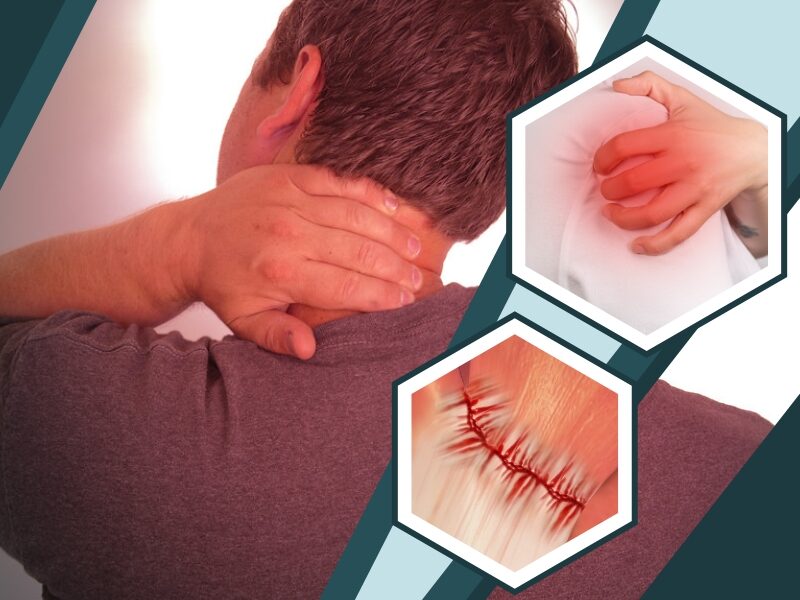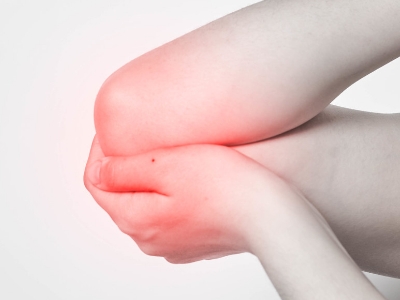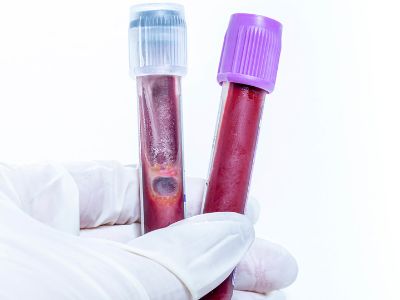Insights on Musculoskeletal Disorders

What are Musculoskeletal Disorders?
Musculoskeletal disorders affect joints, bones, tendons, muscles, or ligaments. It is often characterized by persistent pain that affects mobility and dexterity. It reduces your ability to work and participate in any day-to-day activities.
What are the Different Types of Musculoskeletal Disorders?
- Muscle pain. Cramps, muscle spasms, and injuries can cause muscle pain. This may also include pain that is caused by tumors and other possible causes.
- Tendon and ligament pain. These are strong bonds of tissue that connects your joints. Overuse injuries, strains, and sprains can lead to pain.
- Bone pain. This is caused by injuries such s bone fractures or other causes that cause pain.
- Joint pain. Inflammation and stiffness often accompany the pain. For many people, this pain gets better however some conditions worsen with activity.
Muscle spasms range from mild to intense conditions. The spastic muscle may feel harder than normal to touch and some may appear visibly distorted. Spasms typically last from seconds to fifteen minutes, or longer. Some attacks may also reoccur before totally going away.
What are the Causes of Musculoskeletal Disorders?
There is usually no single cause of this condition. But it has various risk factors that often work in combination, including physical and organizational and psychosocial, and individual factors. Common causes of this condition include bone fracture, joint dislocation, overuse injuries, poor postures, and sprain. Direct blows to muscles and joints may also cause this condition.

What are the Symptoms of Musculoskeletal Pain?
- Stiffness and aching
- Burning sensations in the muscles
- Muscle twitches and fatigue
- Pain that worsens with movement
- Sleep disturbances
If the condition interferes with your daily activities or function, speak with your doctor. Seek immediate medical help if you have severe pain from a sudden injury.
What are the Risk Factors of Musculoskeletal Pain?
- Arthritis. It causes chronic joint inflammation. Many people experience this kind of condition.
- Fibromyalgia. It is a chronic illness that causes all musculoskeletal pain and fatigue.
Tunnel syndromes. This condition causes nerve compression. Examples of this condition include carpal tunnel syndrome, and cubital tunnel syndrome leads to these conditions.
How are Musculoskeletal Disorders Diagnosed?

Your doctor will start by assessing your signs, symptoms, and medical history. Symptoms such as fever or rash may help with the diagnosis to determine whether the pain is chronic or acute. Your healthcare provider will perform a hands-on exam to look for the source or cause of the pain by touching the affected area. Some testing methods may include:
- Blood test
- X-ray
- CT scan
- MRI
Treatment for Musculoskeletal Disorder
Typically, this condition improves with proper treatment. If an underlying condition causes pain, treating that condition can help relieve symptoms. Maintaining strong bones and joints is essential for preventing this condition. Along with proper exercise and medications, ensure that you are following a healthy lifestyle, especially during the treatment course. Use good posture and limit repetitive movements to successfully treat the pain.
Medication Used for Musculoskeletal pain
Ibuprofen. This is a tolerable pain reliever than using aspirin. It is used as a simple analgesic and antipyretic for muscle and bone pain. You can buy OTC ibuprofen but ensure to talk to your doctor about taking this medication especially if you are pregnant or breastfeeding.
How to Manage and Prevent Musculoskeletal Pain?
- Regular strengthening exercises and stretching can help keep your bones, joints, and muscles strong.
- It’s crucial to develop healthy lifestyle habits now.
- Ask your doctor for more information about how you can maintain a healthy system and lower your risk of MSDs.
- Maintain a tall posture to prevent back pain, and be careful when picking up heavy objects.
- Keep repetitive motions to a minimum. Avoid prolonged work in poor postures
- By taking care of your body throughout adulthood, you can lower your risk of developing these disorders.



